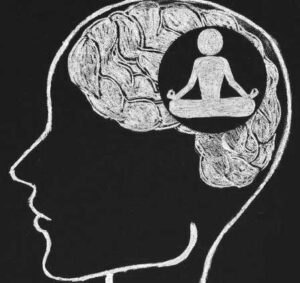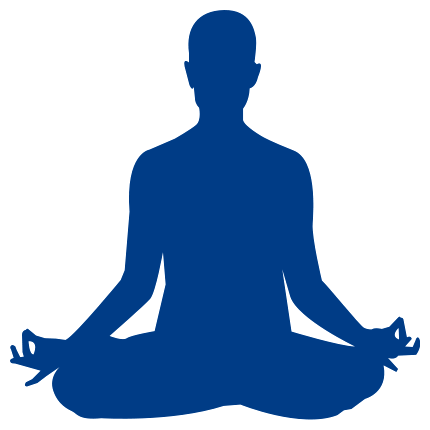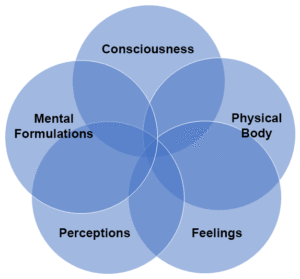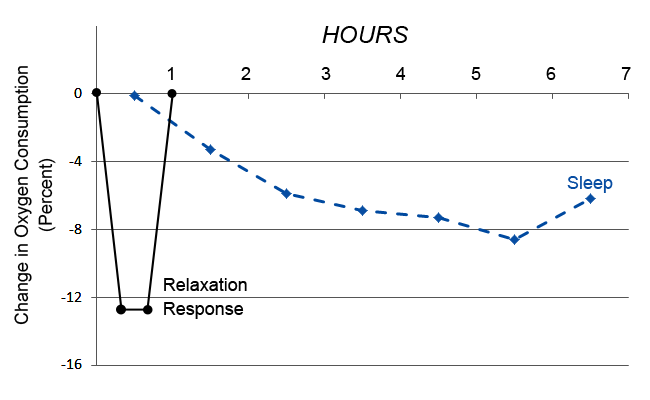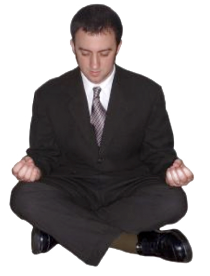I begin here where I left off last week – with an invitation to share the loving kindness we feel toward intimates with all beings everywhere. What a glorious world we would create if all of us could express that sentiment, ever and always!
But here’s where the rubber meets the road.
Let’s face it – it’s easy to love lovable people. People who are in our immediate orbit. People who are most like us in sociopolitical standing, cultural background, political ideology, religious faith, and so on. It’s not easy to love who hold views that are diametrically opposed to our own, who threaten or hurt those we love, who behave unkindly toward us, or who thoughtlessly race in and take the last parking spot that we’ve waited for patiently!
A few years ago, I crafted a post based on Dr. Robert Sapolsky’s book, Behave: The Biology of Humans at Our Best and Worst, in which he argues that we are biologically wired to process differences in race, ethnicity, gender, social status, and beauty. Our brains are especially attuned to skin color. In fact, we form US vs. THEM dichotomies within milliseconds of exposure to others. We feel a sense of obligation and reciprocity toward those we deem part of US, and view THEM as threatening, angry, and untrustworthy. THEY might even evoke disgust.
We all belong to several US-THEM groupings, and our affiliations vary over time. Yet Sapolsky tells us that we do not need to be held hostage to our biological or cultural biases. If we acknowledge that factions exist, we can choose to follow our better angels. We can focus on larger, shared goals and invest the time and effort to see the world from a different vantage point.
 We can prepare the mind, heart, and body to be receptive to, and purveyors of, loving-kindness through mindfulness meditation. The traditional practice has five categories: lovingkindness for oneself, for specific friends or benefactors, for a neutral person, for a challenging person, and for all beings everywhere. It proceeds by sending forth these blessings:
We can prepare the mind, heart, and body to be receptive to, and purveyors of, loving-kindness through mindfulness meditation. The traditional practice has five categories: lovingkindness for oneself, for specific friends or benefactors, for a neutral person, for a challenging person, and for all beings everywhere. It proceeds by sending forth these blessings:
May I/you be filled with lovingkindness.
May I/you be safe from inner and outer dangers.
May I/you be well in body and mind.
May I/you be at ease and happy.
Starting with the self can be hard. Sharon Salzberg, in her book Real Love, quotes her friend Nora, saying: “You always hear you need to practice self-love in order to love others. But no one tells you how to love yourself. On the one hand, it feels like a cure-all. I need to love myself to find a lover. On the other hand, I think a lot of people seek out romance as a way of not loving themselves. In some sense, self-love is the most difficult.”
If self-love proves difficult, it isn’t necessary to start there. I typically meditate on loving thoughts toward others, then receive loving-kindness from them, and then consider loving myself. Evoking the sense of loving-kindness is enormously important. Because when I feel love, it’s easier for me to access that intention for myself.
Starting out, I did not force myself trough gritted teeth to send loving thoughts out to challenging people. I didn’t want to be disingenuous or find myself in a grand meditative debate as to whether or not that person deserved it. It became easier to add that element back in once I’d worked with the practice for a while.
There’s a story of a rabbi who used to teach in the Jewish mystical tradition. He had his disciples memorize, reflect, contemplate, and place the teachings of the holy words on their heart. One day, a student asked why the rabbi always used the phrase “on your heart,” and the master replied, “Only the divine can put the teachings into your heart. Here we recite, and learn, and put them on the heart, hoping that some time when your heart breaks, they will fall in.”
So, it’s a practice. It’s something that we can train and do. If the phrases offered earlier do not resonate, it’s OK to choose other ones. Most teachers suggest intentions that revolve around safety, happiness, good health, and ease (peace, equanimity). It’s also OK to use different phrases for different people. An especially difficult person may receive the blessing: May you be free from hatred. May you be free from greed. May you look upon others with kindness. May you find peace in your heart.
I’ve been working with the practice for a few months, typically first thing in the morning. I vary the phrases (often because I can’t remember the traditional ones!) And I don’t constrain myself to a particular pattern of extending well-wishes. With consistent practice, I feel changed for the better. When enough of us experience that transformation, perhaps we’ll create a kinder world.

